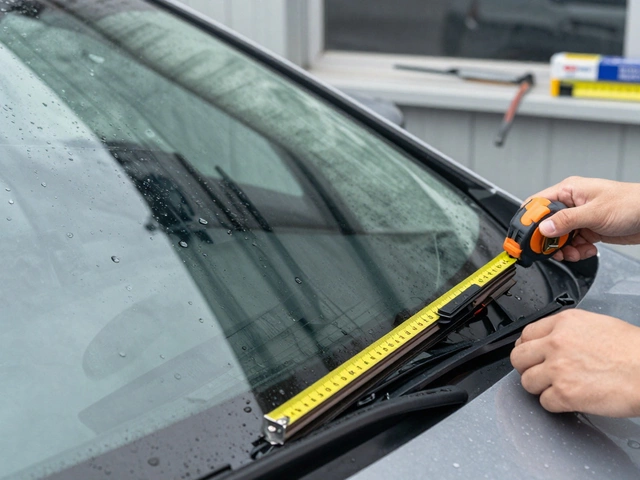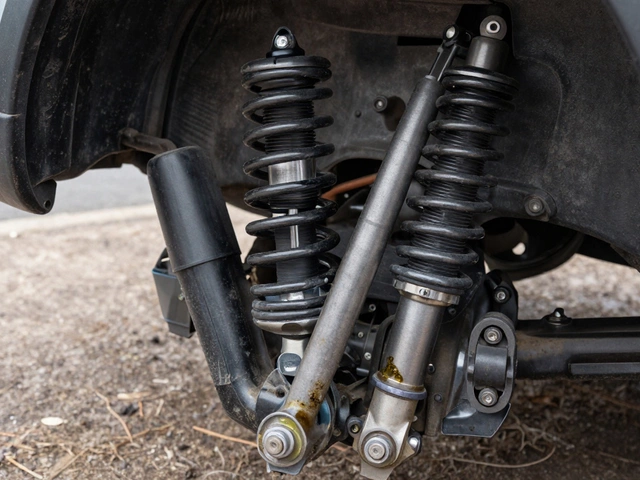Front Suspension Issues? Signs, Fixes, and What You Need to Know
When your front suspension, the system that connects your wheels to the car’s frame and absorbs road shocks. Also known as front end suspension, it’s what keeps your tires planted and your ride smooth. If it’s worn out, you don’t just feel every bump—you lose control, braking power, and safety. A bad front suspension doesn’t just make your car feel loose; it can turn a simple drive into a risk.
Most people notice shock absorbers, components that dampen the bounce from springs and control wheel movement going bad before they realize the whole system is failing. You’ll feel the car bouncing too much after hitting a bump, or the front dipping hard when you brake. That’s not normal—it’s a sign your shocks are worn out. And if you’re hearing clunks or rattles over rough roads, it’s not just loose parts. It’s often worn control arm bushings, ball joints, or strut mounts. These aren’t just noise issues. They change how your tires grip the road, especially in wet conditions or during sudden turns.
Front suspension problems don’t just affect comfort—they impact your brakes, tires, and even steering. A failing suspension means your tires aren’t staying flat on the road, which leads to uneven wear and shorter tire life. It also makes your brake rotors work harder because the weight shifts unpredictably. And yes, a bad suspension can even cause your engine to work harder over time, as the car fights to stay stable. You’ll see this in posts about suspension diagnostics, the process of checking suspension parts for wear, play, or damage, and how it connects to other systems like brakes and steering.
What you’ll find below aren’t just theory guides. These are real-world checks, symptoms drivers actually experienced, and fixes that worked. From spotting bad shocks with a simple bounce test to knowing when a full front-end rebuild is needed, the articles here cut through the noise. You’ll learn how to tell if it’s just the shocks—or if your struts, springs, or alignment are also done. No fluff. Just what to look for, what to ignore, and when to call a pro.





